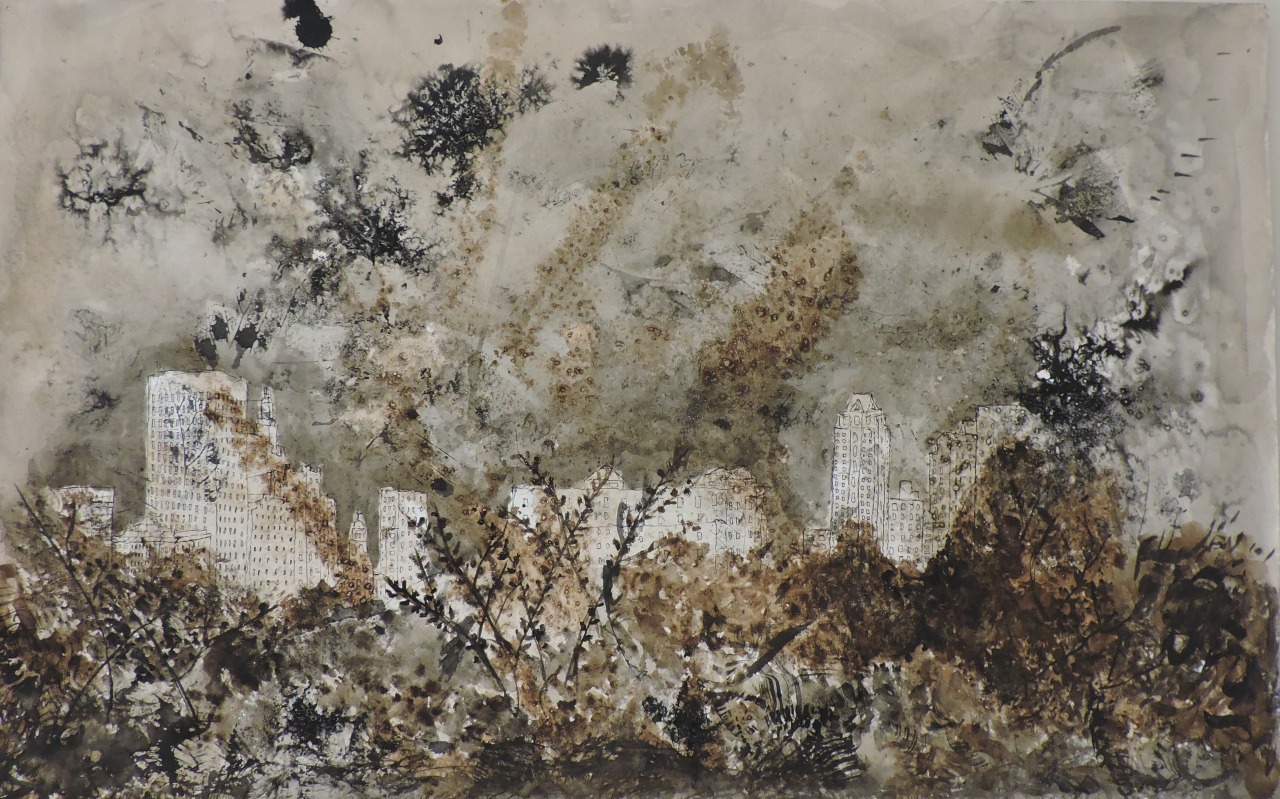

Stain can appear totally different depending on what type of wood you're using! It can be hard to figure out the best black wood stain for your project just by looking at that tiny picture on the can.

Can you suggest a brush-on lacquer? The only ones I've found are either spray on or satin finish.Looking for the perfect true black wood stain color? I sampled four black wood stain colors on five different wood species to compare results and take the guesswork out of your search! I’m picking up the gear tonight so should have an answer for tomorrow. I'll try as many samples as I can to see which is best. Granted, a guitar is a much smaller object to finish than a piano, so some of their methods might be a tad laborious. You may want to browse around on guitar-making forums to get some tips on achieving the deep, lustrous finish you are looking for. Many custom guitar builders use this approach (with both waterborne and lacquer). Rubbing out the final coat with an automotive polish will give you an extremely high luster. What about a brushable waterborne poly? As many coats as you like with a fine sanding in between (400 or 600). If you apply the dye or India ink to the wood directly, and follow that up with two or more layers of dyed/inked shellac, and then a few layers of clear shellac, you will find you have a very deep finish. I understand your comment about wanting to have a deep finish.

If, on the other hand you were planning on using the lightest ultra blonde, it will still impart some amber to the finish. Shellac: are you planning on using white shellac? If so, you should be aware that the natural color is removed by a bleaching process which has the effect of weakening the ultimate product. But I'm sure India ink would work just as well and is probably more lightfast. However, you can get a truer black by adding small amounts of red or orange dye to offset the natural hue of the dye. By paraffin, not sure if you mean mineral oil or kerosene, but neither of those work for dissolving shellac flakes.īlack aniline: yes, there can be a bluish or greenish hue, depending on the source of the dye. New question: is there any preference between dissolving the flakes in either denatured alcohol or paraffin?ĭenatured alcohol, definitely. Everything’s repairable - but yes I realize that if I can't use poly or lacquer then a less robust finish is something I will have to live with. It would be no more vulnerable to ring damage than any other furniture surface. What about damage to the shellac from the many glasses of alcohol that will undoubtedly be consumed near the piano and/or rested wetly on top, making a ring? Shellac was the coating of choice in the days before spraying (I think). I have nothing against shellac but urethane and polyester is what you use to finish a piano not shellac.īlack dye stain followed by a black wiping stain will give you a deep black ebony look.
WHITE INDIA INK ON WOOD HOW TO
Can anyone advise on how to achieve a deep black? I was thinking clear shellac over a sheer black wood would add depth, but if I mixed black in with the top layers I'd be scared the black hue would be all at the surface with no depth - even if it is a blacker black overall. I've heard that analine dyes can have a purple hue to them? Whatever I was going to use I was planning on mixing black dye in with the shellac after ebonizing the wood. I’m not worried about the cost of India ink. I'd suggest dyeing the wood directly, as black as it will absorb, and then mix in dye with the shellac to apply over top. Is there a particular reason you want to use India ink? Black aniline dyes are readily available in the quantities you'd need to finish a piano, and probably a fair bit cheaper than India ink.

Do make a sample before you commit to a piano. If you go to most any art supply web site and search on ink or India ink you should be able to find an ink that may meet your needs. If not, does anyone know the most sensible India ink product to use? Presumably the binder needs to not react with the alcohol of the shellac? Or does that matter when the ink has all dried off on the surface? Is it still possible to get a hold of lamp black? I can't find it anywhere online. I will add that if you're considering French polishing an entire piano to get a piano finish, you're in for a lot of work. If you're really interested, the best course is to try a sample. (Yes you can dissolve shellac in water provided the water has the right PH.) Today India ink has many different formulations. India ink was originally lamp black mixed into a water born shellac. These days there are too many versions of India ink to really answer your question. I'm considering dying the wood with India ink and then sealing with shellac. I'm aiming for a black piano finish on a piano.


 0 kommentar(er)
0 kommentar(er)
